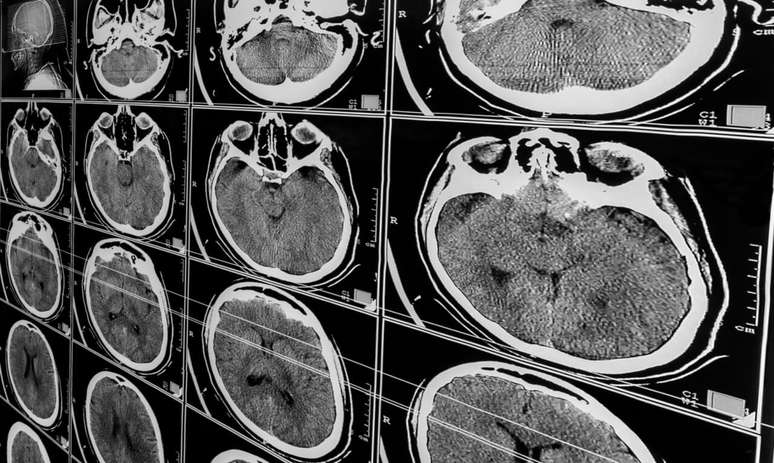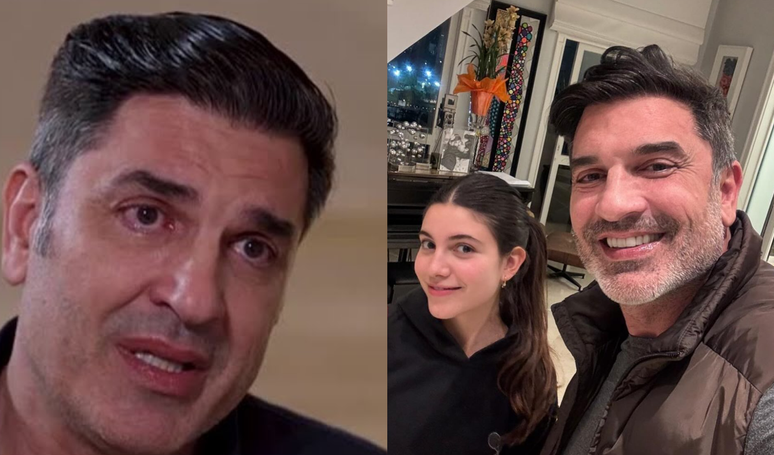Quick and effective treatment is essential to avoid the sequelae of head trauma, as well as to ensure a good recovery for the patient.
There are more than 131,000 hospitalizations for head trauma (or traumatic brain injury – TBI) each year in Brazil. Of this total, young people between the ages of 20 and 29 represent 21% of cases. These troubling numbers were disclosed in an article published in the Brazilian Journal of Intensive Therapy, based on data from DataSUS.
html[data-range=”xlarge”] figure image img.img-702177b846849b9d748c8125899d4620haz2ip30 { width: 774px; height: 463px; }HTML[data-range=”large”] figure figure img.img-702177b846849b9d748c8125899d4620haz2ip30 { width: 548px; height: 328px; }HTML[data-range=”small”] figure figure img.img-702177b846849b9d748c8125899d4620haz2ip30, html[data-range=”medium”] figure image img.img-702177b846849b9d748c8125899d4620haz2ip30 { width: 564px; height: 337px; }
The high incidence of TBI in the population represents a significant public health burden. Furthermore, it is indicated by the Ministry of Health as the leading cause of premature death and disability in Brazil. When faced with severe brain injury, neurosurgeons join efforts with a multidisciplinary team to save lives and reduce sequelae for patients.
Traffic accidents, falls and assaults are among the most common events that come to specialized trauma centers. In addition to abrasions and minor injuries, these situations can lead to more serious injuries, such as head or cranioencephalic trauma, which affect the brain and can cause, for example, bleeding, clot formation and edema.
“In emergency care, it is critical to establish effective treatment as quickly as possible to minimize brain damage. Often the initial struggle is for survival and then strategies are evaluated for the patient’s recovery with the least possible number of sequelae”, explains neurosurgeon Dr. . Leonardo Almeida Frisian.
surgery and treatment
The surgical approach may be required in the treatment protocol for head trauma. According to Leonardo, neurosurgery aims to stabilize the patient, facilitate recovery and, furthermore, promote neurological rehabilitation.
“In general, surgery is indicated in situations that are immediately life-threatening or when there is significant brain damage that requires direct intervention. This aims to lessen the impact of the trauma and increase the chances of a successful recovery by providing a better quality of life for the patient”, underlines the neurosurgeon of the Hospital Universitário Cajuru, who works exclusively through the SUS.
Neurosurgery has always been ahead in the incorporation of new technologies, due to the delicacy with which the brain must be treated. According to a study published in the British journal The Lancet, head injury is increasingly recognized as a chronic condition with long-term consequences. This includes, incidentally, a higher risk of late neurodegeneration.
The study also highlights significant advances in the treatment of head trauma. This is the case, for example, with the inclusion of clinical variables, advances in neuroimaging, multimodal monitoring, assessment of biomarkers and the integration of personalized data for individualized management.
patient recovery
Rehabilitation of a brain injury takes place in phases and over prolonged periods, with the support of a multidisciplinary team. It is a goal-focused collaborative process in which the patient, family members, and caregivers work together to address the most pressing issues requiring intervention.
“This depends very much on the degree of impairment and the type of surgery. When the goal is to treat pain, the surgery itself contributes to rehabilitation. However, in cases of severe nervous system injuries, the response to rehabilitation is more slow and it can take from six months to two years and, even after that time, there is still the possibility of interventions that improve the patient’s quality of life”, contextualizes the neurosurgeon.
Life goes on after a brain injury, albeit with some changes, but also with new meanings and achievements. The impact of a head injury on an individual’s daily routine depends on several factors. This is the case, for example, of the location of the lesion, its severity, age and individual characteristics of each patient. However, these emergencies have a special aspect: most of them are preventable.
“It is essential to act quickly in the treatment and advance in interventions for the rehabilitation of patients, without forgetting the importance of awareness for prevention”, concludes Leonardo Almeida Frizon.
Source: Terra
Ben Stock is a lifestyle journalist and author at Gossipify. He writes about topics such as health, wellness, travel, food and home decor. He provides practical advice and inspiration to improve well-being, keeps readers up to date with latest lifestyle news and trends, known for his engaging writing style, in-depth analysis and unique perspectives.








